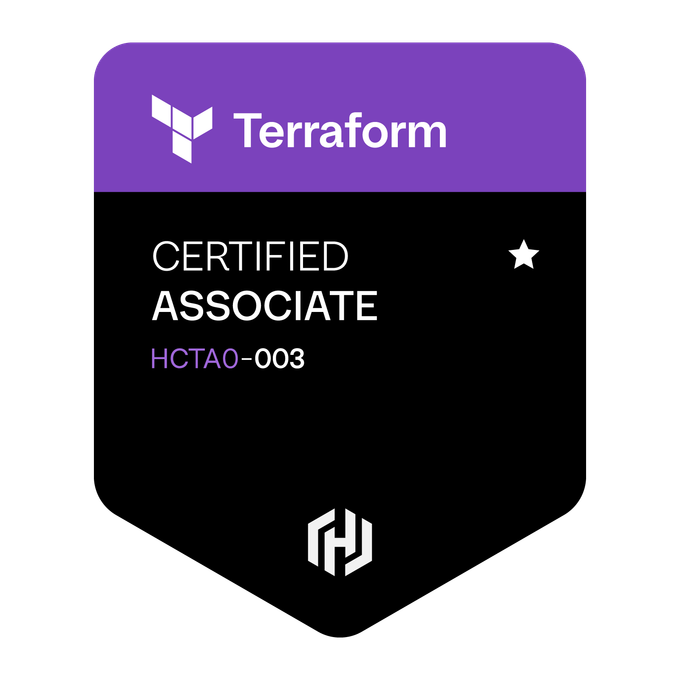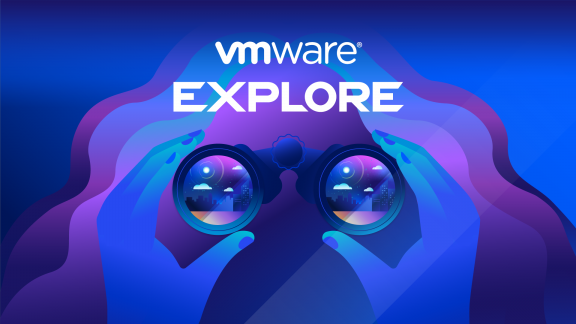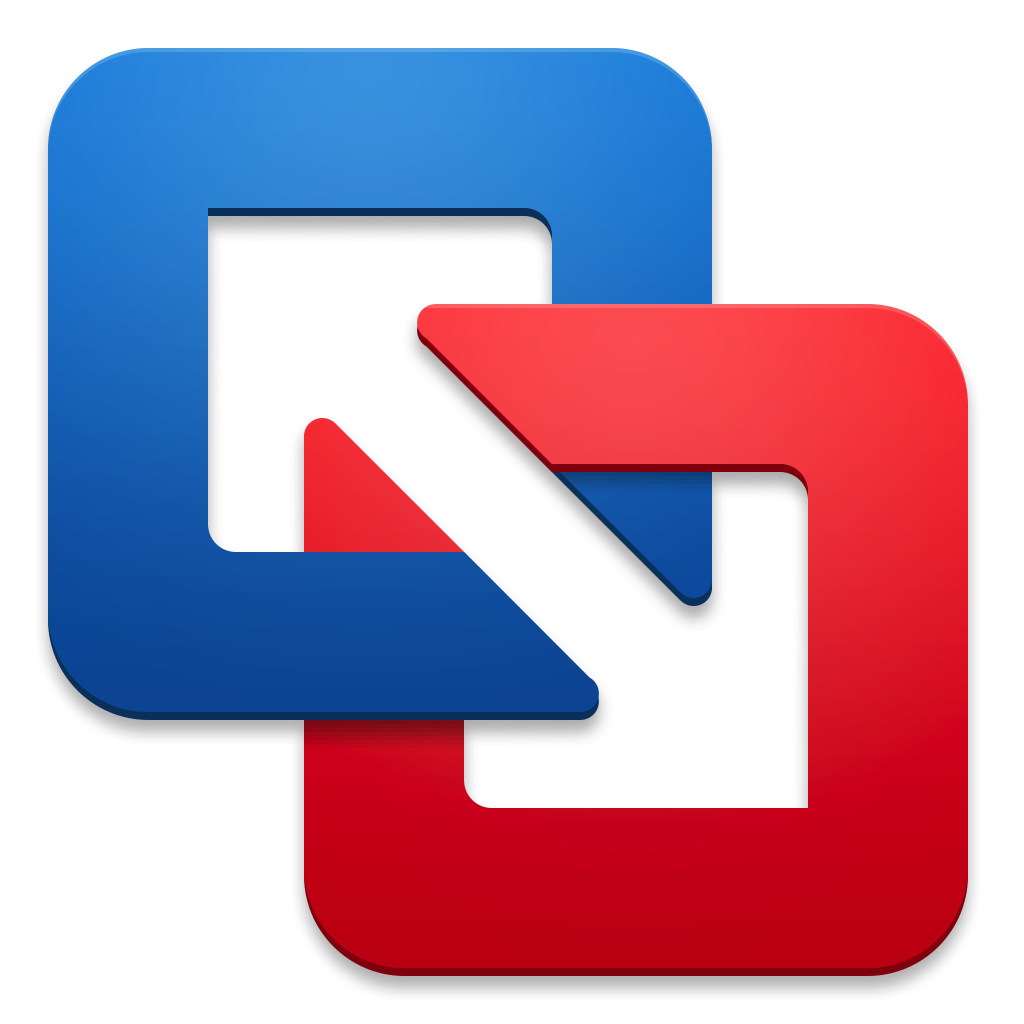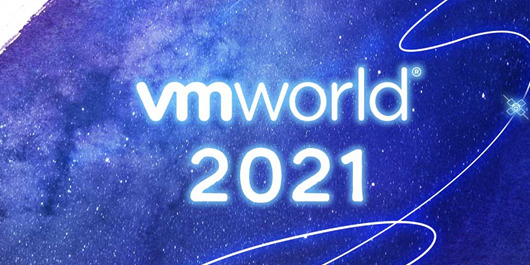
Sam McGeown
Sam has been working in the IT industry for nearly 20 years now, and is currently working for VMware as a Senior Technical Marketing Manger in the Cloud Management Business Unit (CMBU) focussed on Automation. Previously, he has worked as consultant for VMware PSO, specializing in cloud automation and network virtualization. His technical experience includes design, development and implementation of cloud solutions, network function virtualisation and the software defined datacentre. Sam specialises in automation of network virtualisation for cloud infrastructure, enabling public cloud solutions for service providers and private or hybrid cloud solutions for the enterprise.
Sam holds multiple high level industry certifications, including the VMware Certified Design Expert (VCDX) for Cloud Management and Automation. He is also a proud member of the vExpert community, holding the vExpert accolade from 2013-present, as well as being selected for the vExpert NSX, vExpert VSAN and vExpert Cloud sub-programs.

 Written by
Written by  My experience taking the HashiCorp Certified: Terraform Associate (003) exam — preparation, exam process, and thoughts on why certification still matters.
My experience taking the HashiCorp Certified: Terraform Associate (003) exam — preparation, exam process, and thoughts on why certification still matters.





